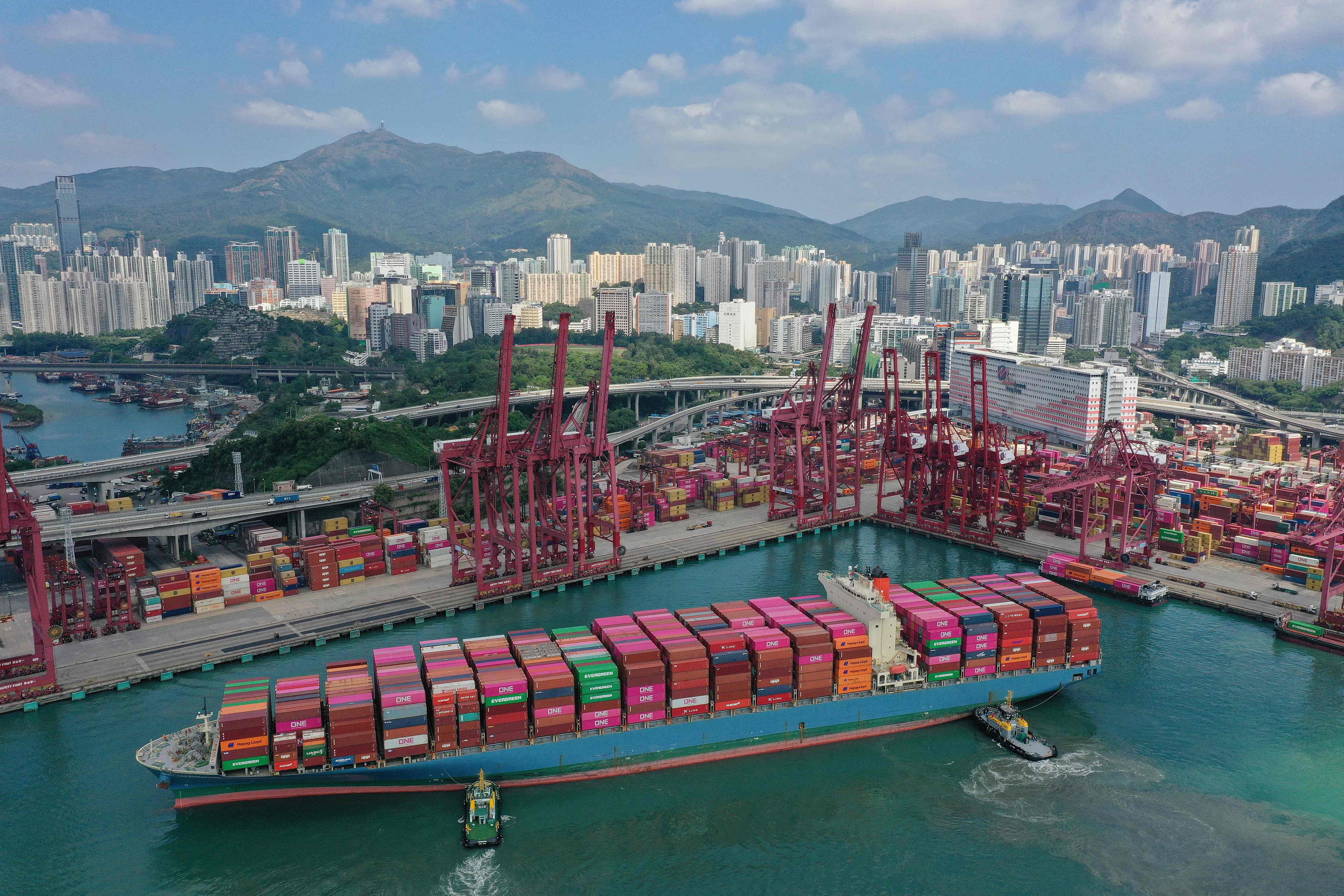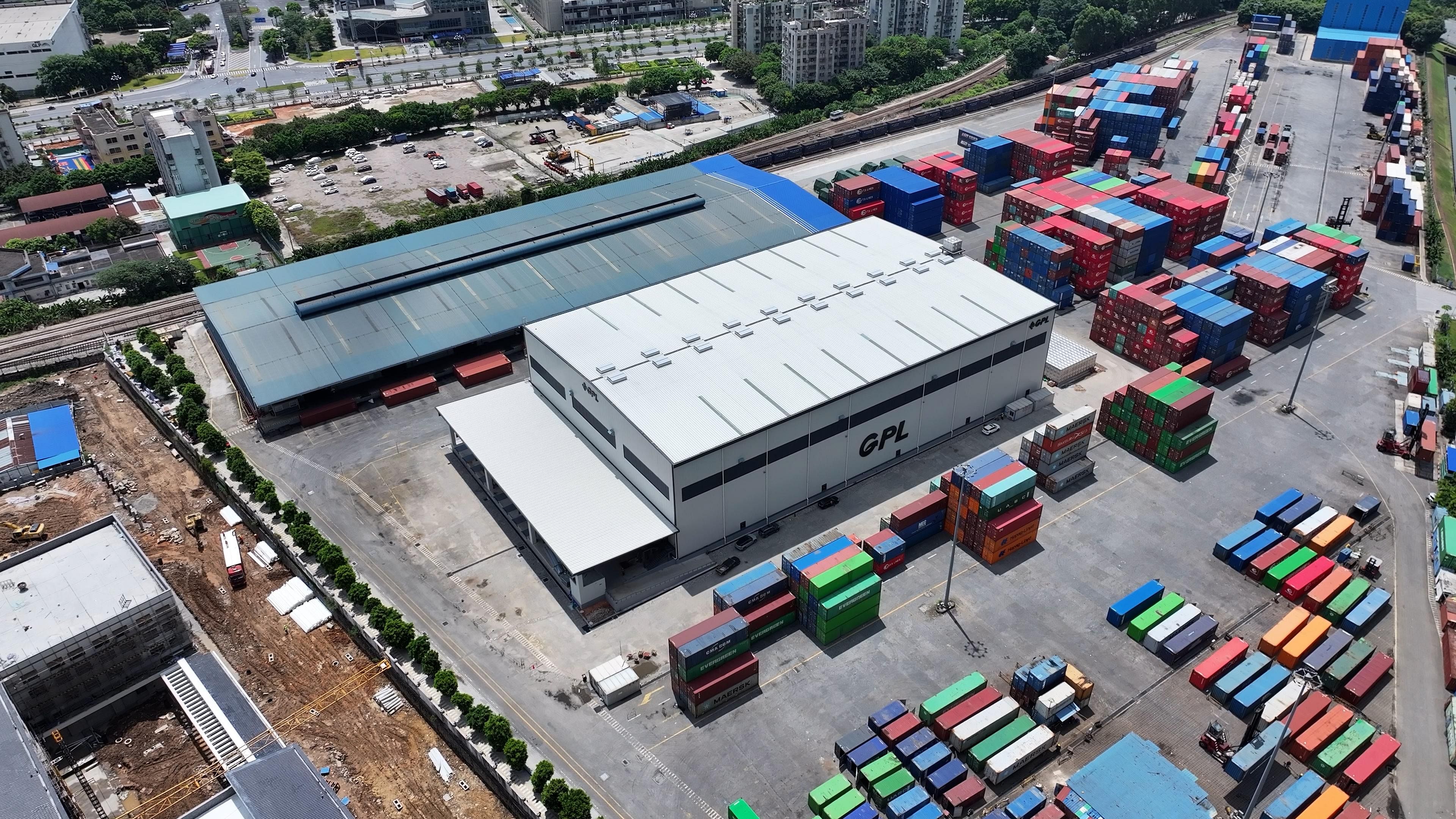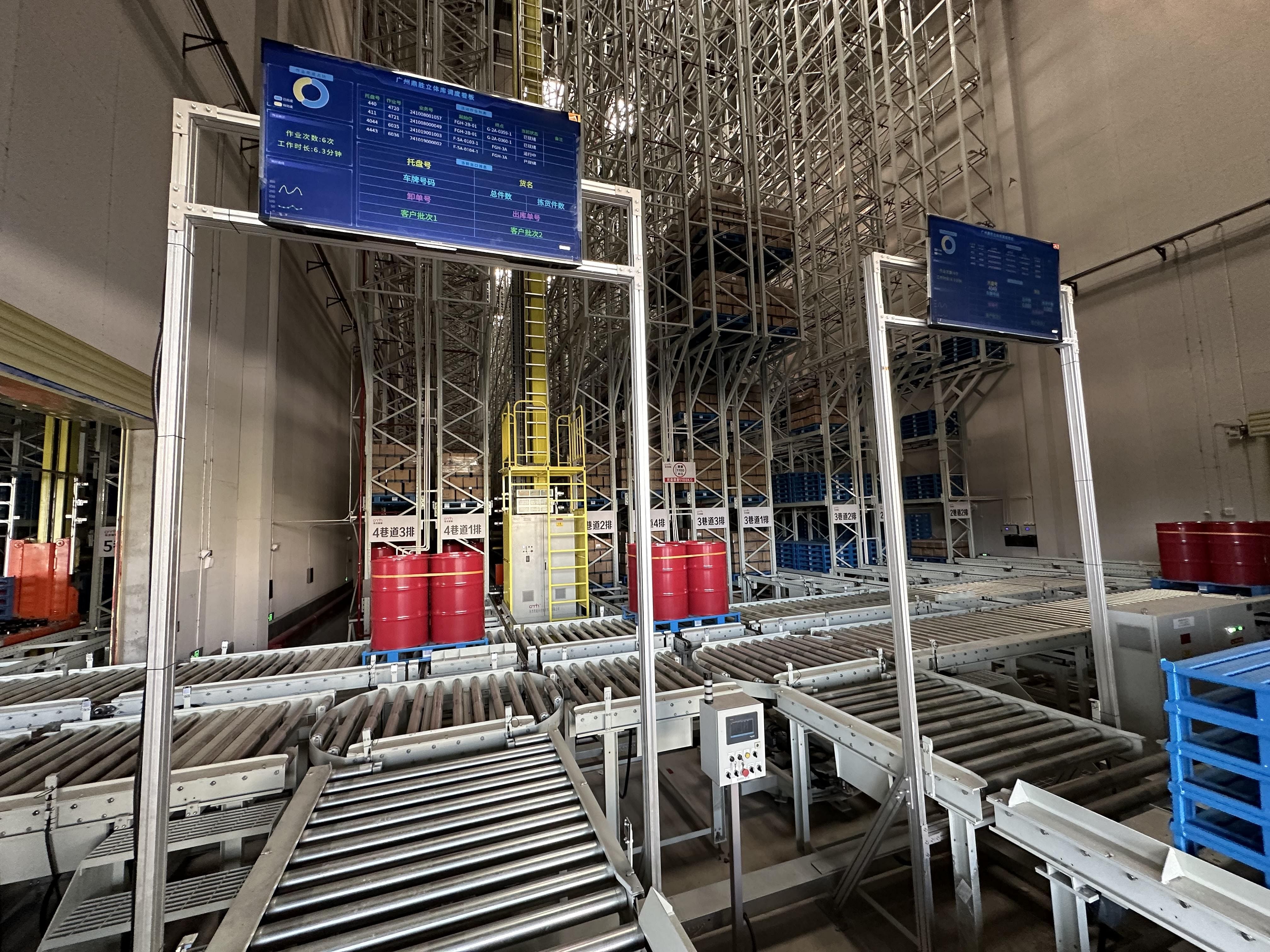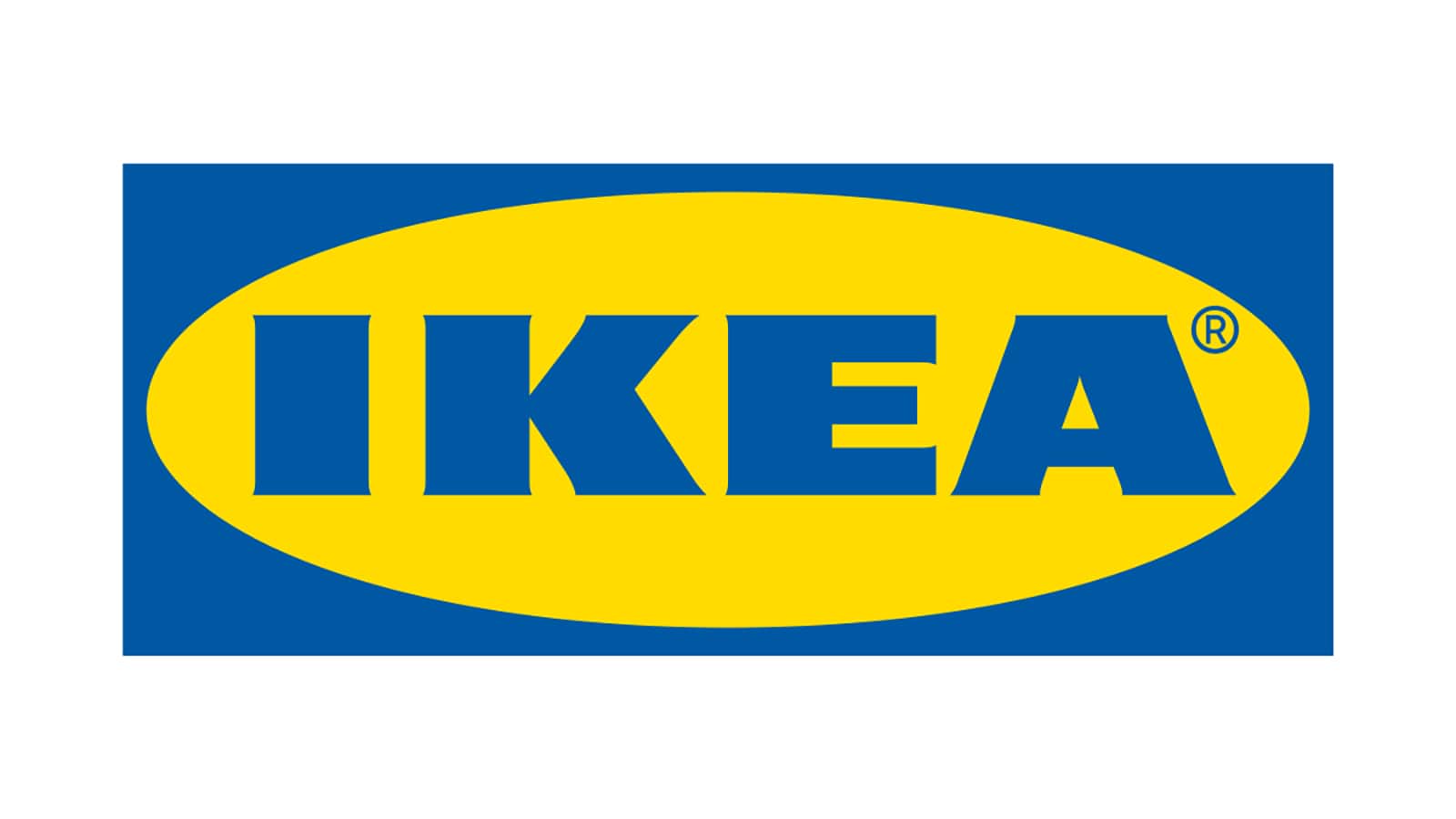At the Level IV Terminal in Guangzhou Nansha Port District, colorful containers are moved like giant building blocks. The building’s docks and trucks are often active, but the entire operation is very quiet, with almost no workers to be seen.
Yu Yinhui, an engineer at Nansha Level IV Engineering Technology Department, told Lianhe Zaobao that the building has achieved fully automatic operation, the first of its kind in the Guangdong-Hong Kong-Macao Greater Bay Area.
The coastal container cranes responsible for the loading and unloading of ships carry out work in an orderly manner with the support of Beidou’s 5G communication and navigation systems. After the container leaves the shore, it is operated by an intelligent guided vehicle (IGV) and a cantilevered rail crane to be placed in the shipyard or loaded directly onto a container truck. The whole process does not require any manual intervention and can work 24 hours a day.
Yu Yinhui pointed out that the Level IV Terminal has about 350 employees, which is 70% less than the employees of traditional terminals.
“Traditional roles such as loaders and drivers are no longer needed. Therefore, more technical positions related to automatic equipment maintenance, system management and data analysis have been added here.”
However, the reduction of manual operations does not directly mean that the overall efficiency of the border is significantly improved. Yu Yinhui admitted that when the automatic terminal was launched two years ago, the efficiency was slightly lower than the manual one. However, with the continuous development of technology, the efficiency has has now reached a level comparable to manual operation, and is expected to be exceeded in the future.
He said: “Our technical team continues to innovate and optimize based on data. The fully automated building was only implemented for two years. There is still a lot of room to improve efficiency, and there is great potential for future development. .”
In addition to improving efficiency, automated operations can also avoid irregularities that can occur in manual operations, thus reducing accidents and potentially dangerous delays.
Yu Yinhui said: “The whole system operates based on scanned and learned data. Compared with manual work, it is more ‘submissive’, accurate and reliable.”
Phase IV Terminal in Nansha Port Area Adopts Beidou Navigation Intelligent Guided Vehicle (IGV) Using Beidou, laser and visual navigation and positioning technology, it can move freely between the terminal yards without the help of magnetic nails and operation to be precise. (Photo by Lin Huizhi)
Nansha Port, built in 2004, is located at the mouth of the Pearl River and is Guangzhou’s only channel to the ocean. As a relatively new port area, Nansha Port had certain disadvantages compared to nearby ports in terms of popularity, market opportunities, level of information and economic structure optimization in the early days.
However, with the industrial structure change of the Guangdong-Hong Kong-Macao Greater Bay Area and the continuous upgrading of Nansha Port in the areas of transportation, port and warehouse, the growth trend of the port has become more and more obvious.
Many businessmen believe that an important reason for the rapid development of Nansha Port is that it has remained open during the COVID-19 outbreak, attracting a large number of cargoes that stopped at Hong Kong and Shenzhen Yantian originally, but had to move to. Nansha as a result of the epidemic at these two destinations, the status of Nansha Port in the global shipping network is thus increased.
Nansha Port Area’s container throughput will reach 19.38 million TEU in 2023, a year-on-year increase of 5.4%, equal to the ninth largest port in the world. In the first quarter of 2024, Nansha Port District completed a vessel movement of 4.7761 million TEU, a year-on-year increase of 10.56%.
While Nansha Port’s momentum continues to rise, the once-glorious Hong Kong Port is in decline. In 2022, Nansha Port’s total output will exceed that of Hong Kong for the first time.
Hong Kong’s container throughput fell 14.1% year-on-year in 2023, marking the seventh consecutive year of decline. Statistics from Alphaliner, an international shipping industry research group, show that Hong Kong Container Terminal, which has ranked first in global port container output for 11 consecutive years, fell out of the top ten for the first time last year.
Some analysts pointed out that the decline in Hong Kong container output is closely related to the rise of Nansha Port.
 Hong Kong’s machine output fell 14.1% year-on-year in 2023, declining for the seventh consecutive year. The photo shows a container ship docked at the Kwai Chung Container Terminal in Hong Kong at the end of October. (AFP)
Hong Kong’s machine output fell 14.1% year-on-year in 2023, declining for the seventh consecutive year. The photo shows a container ship docked at the Kwai Chung Container Terminal in Hong Kong at the end of October. (AFP)
In response to an inquiry from Lianhe Zaobao, a spokesperson for Hong Kong International Terminals, a subsidiary of Hutchison Port Trust, pointed out that the decline in Hong Kong’s container traffic can be attributed to geopolitical factors in recent years and the transfer of product lines by mainland Chinese companies to Southeast Asian countries.
In addition, compared to nearby ports in the Greater Bay Area and other Asian regions, the spokesperson said that Hong Kong’s ports are in an unequal competitive environment, and some competitors and shipping companies receive government subsidies in various forms, which undermines Hong Kong’s competitiveness.
In this regard, Liu Rui, deputy director of the Guangzhou Port Consolidation Center, believed in an interview that there is no competitive relationship between Nansha Port and Hong Kong. He said the advantage of Nansha Port lies in its geographical location closer to the Pearl River hinterland, especially the western part of the Pearl River Delta where the supply of goods is relatively abundant.
In the past 10 years, with rapid economic development in the Pearl River Delta region, the eastern Pearl River region, as a more developed region, has experienced rising labor costs and increasingly tight land resources. With the support of tax incentives and financial subsidies, many manufacturers have begun to move to rural areas in the west.
Liu Rui believes that the customers of Hong Kong Port are mainly in developed countries and cities such as Europe and the United States. With this advantage, Hong Kong can take advantage of the supply rich cargo in the hinterland on the west bank of the Pearl River in the Nansha Port area to increase the number of ships transported from Nansha Port to Hong Kong through bars to expand transshipment to and from Europe and the United States. He said: “We are all in the Guangdong-Hong Kong-Macao Greater Bay Area and we should work together to improve the overall competitiveness of the region.”
When interviewed, Zeng Zhiming, vice president of the China General Chamber of Commerce in Hong Kong and president of Goldlion Group, agreed that the outside world should understand the relationship between Nansha Port and ports another view from the point of view of the overall development of the Greater. Bay Area.
He said: “Hong Kong Terminal cannot continue to use the previous operating model, but must find a new position in the Greater Bay Area, leverage its unique advantages and complement other ports .”
A spokesman for Hong Kong International Terminals said that as part of the integrated development of the Guangdong-Hong Kong-Macao Greater Bay Area, the company is actively increasing the transportation of goods from mainland China through rail links. For example, the recently launched “Chongqing-Shenzhen-Hong Kong Regular Train” completed its first transport from Chongqing to Hong Kong in August 2024.
“Although the Port of Hong Kong faces significant challenges, it still has competitive advantages and is strategically positioned to adapt and develop in the changing landscape of the Guangdong-Hong Kong-Macao Greater Bay Area over the five to ten years ahead,” said the spokesperson. .
Huangpu Port has set up a fully automated digital three-dimensional warehouse to help with “just-in-time” supply chain management.
On the north bank of the Pearl River estuary at the other end of Guangzhou, a modern warehouse stands in the historic Huangpu Port, quite different from the surrounding times.
This three-dimensional fully automated warehouse (also known as an elevated warehouse), which was officially completed and put into operation on October 10 this year, covers an area of approx. 6,000 square meters, equivalent to a football field, with a building height of 23.5 meters and 16,000 cargo spaces, the volume of inventory exceeds 16,000 tons, and the space utilization rate is about 200% higher than the standard of standard flat warehouses with one floor. It is currently the largest Class C single automated three-dimensional warehouse in Guangzhou.
 The fully automated three-dimensional warehouse Guangzhou Dingsheng Logistics (GPL) located in Huangpu District, Guangzhou completed an acceptance inspection on October 10 this year. (provided with GPL)
The fully automated three-dimensional warehouse Guangzhou Dingsheng Logistics (GPL) located in Huangpu District, Guangzhou completed an acceptance inspection on October 10 this year. (provided with GPL)
The so-called Category C refers to warehouse storage products with a higher fire protection level, especially liquids with a flash point not lower than 60 degrees Celsius, such as animal oil, lubricating oil and asphalt, etc. These materials are highly flammable, and the warehouses where they are stored must have higher fire protection certificates.
Wu Yutian, deputy general manager of GPL, pointed out in an interview with Lianhe Zaobao that Class C and I warehouses are mainly used to store production-type liquid chemicals. Unlike conventional warehouses, the their investment costs are high and the rate of return is relatively slow. Therefore, in It is relatively scarce on the market.
She said: “The risks of investing in such warehouses are usually shared by large state-owned enterprises and multinational enterprises. GPL has long-term land use rights in Huangpu District. As a builder and operator, the company has targeted the market gaps in the Huangpu area. this area and used three-dimensional warehouses as a long-term investment.”
 The three-dimensional fully automated GPL warehouse covers an area of 6,000 square meters, with a building height of 23.5 meters, 16,000 cargo spaces, and an inventory of more than 16,000 tons of standard flat warehouses with the one floor. (Photo by Lin Huizhi)
The three-dimensional fully automated GPL warehouse covers an area of 6,000 square meters, with a building height of 23.5 meters, 16,000 cargo spaces, and an inventory of more than 16,000 tons of standard flat warehouses with the one floor. (Photo by Lin Huizhi)
Wu Yutian pointed out that the impact of the COVID-19 outbreak on the global supply chain has made many manufacturers realize that there are more risks in relying on just-in-time production models, and as then they began to move to “just not knowing. “production strategy.
She said: “This change in production strategy has encouraged manufacturers to improve production flexibility, change inventory management, and increase supply chain stability. support.”
2024-10-30 13:24:00
#Feature #article #Nansha #Ports #rise #reshaping #Bay #Areas #port #competitive #landscape

